The Ercoupe
Plane and Pilot
JANUARY 12, 2025
He was proud of his little bird, with its unique split sliding canopy, no rudder pedals, and a delightful art deco instrument panel. The Ercoupe design featured an interconnect between the full-span ailerons, rudder, and steerable nosewheel. Push and pull for pitch. Turn for roll and to steer the nosewheel.





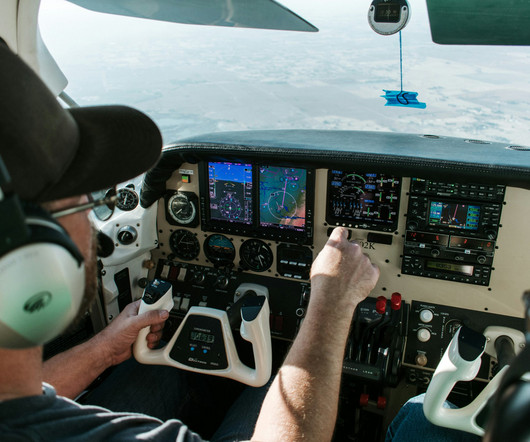
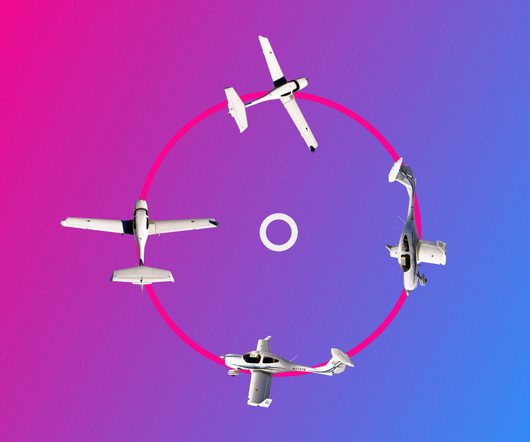







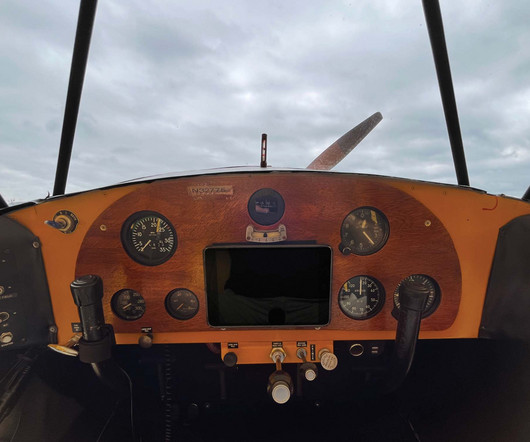







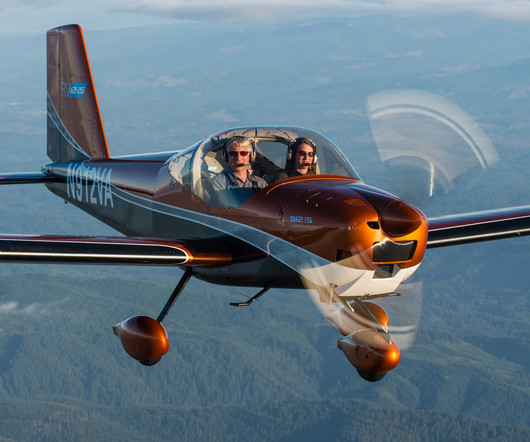

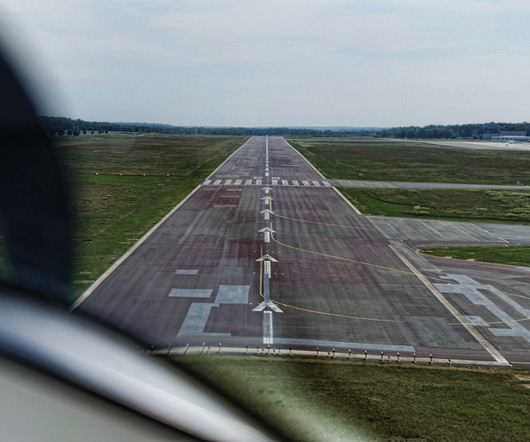

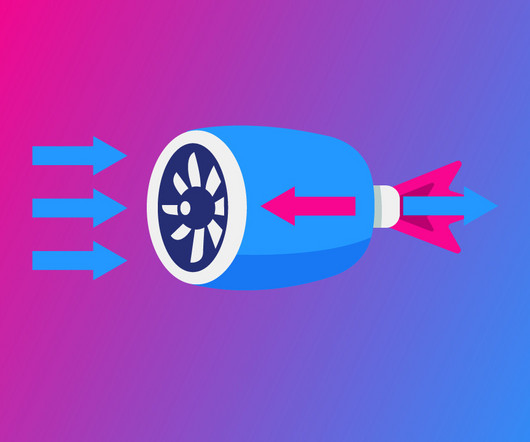











Let's personalize your content